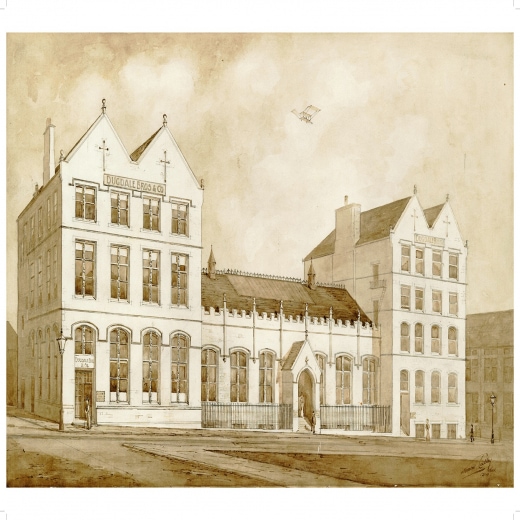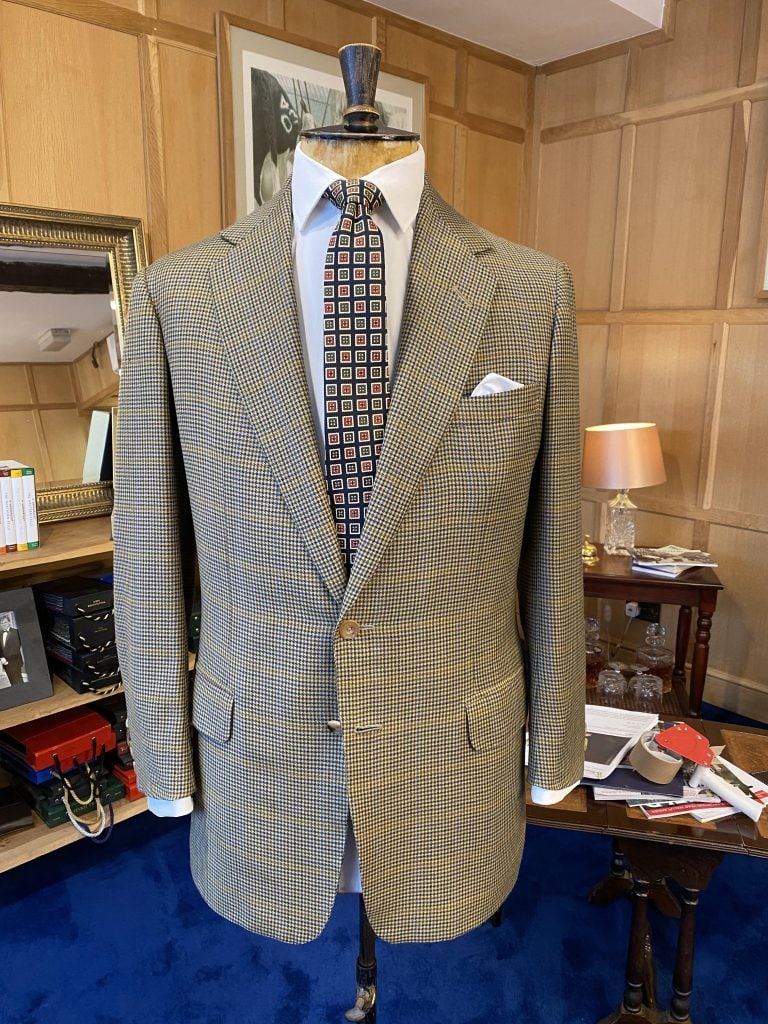
The English Drape suit is certainly one of the most misunderstood legends of Savile Row. Of course, one of the greatest purveyors of such is my old Alma Mater, Anderson & Sheppard. Anderson’s, as those in the trade call them, are particularly famous for a few reasons. Certainly, they’re a typical stalwart of Savile Row and rank amongst the great tailoring houses, such as Pooles, Huntsman and Dege etc.
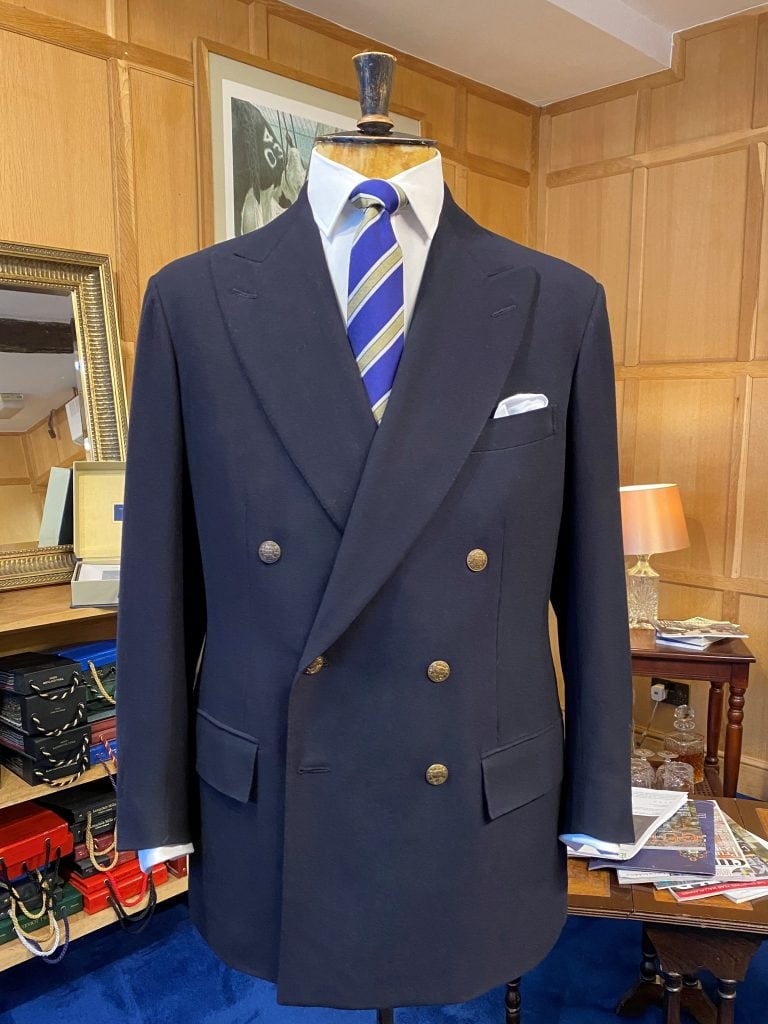
But to my mind, the reason why they’ve stood out over the years is because of the style of clothing they make. I was privileged to work at Anderson’s for a number of years and also to train with the old guard, most of which have sadly passed away.
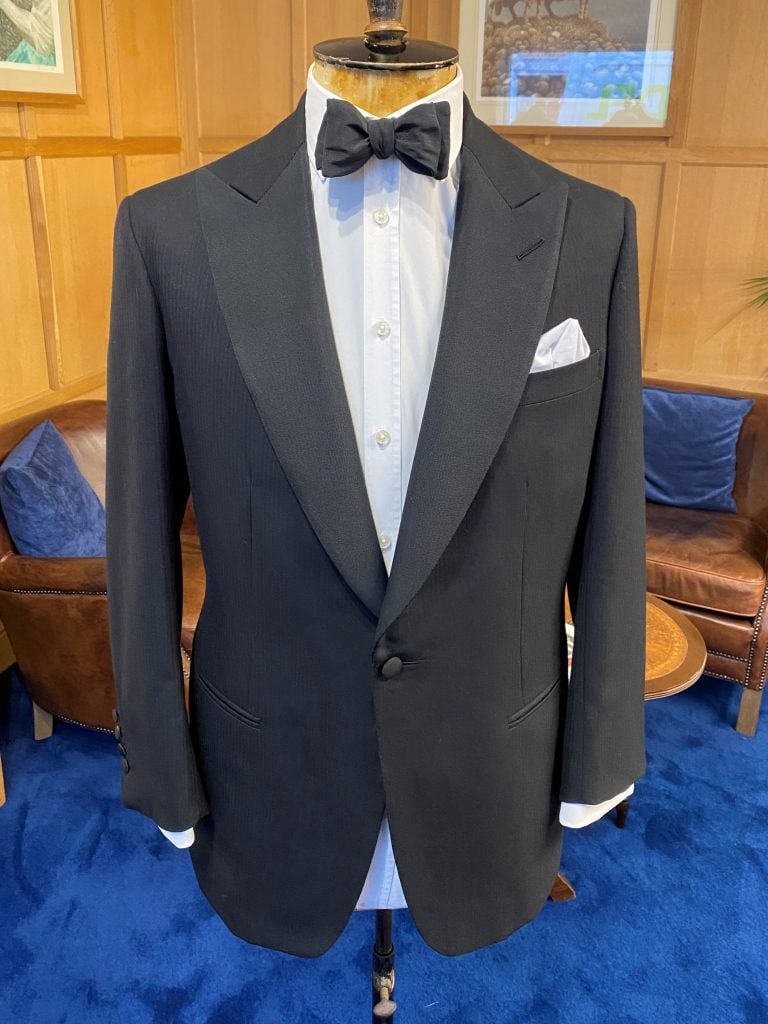
I went to Anderson’s, trained as a cutter from Redmayne at the keen age of 24, and I left much wiser at 29 to start my own business. I do have to say that my time there was wonderful and it was good timing, as I was the final apprentice to Mr Dennis Hallbery. He was the head cutter and I (unsurprisingly) would judge him as one of the best. But it’s not just me who thought so, as his classic work is displayed in the Victoria and Albert museum, London.
The reason for this post is not to wax lyrical about the good old days, although they were great times. The reason I write is to try and quantify, what makes an Anderson coat, or in other words an English drape cut? I’ve read a few articles giving opinions of what is good or bad about various styles of suits but it’s often from a (rightly so) biased customer’s point of view, or from a commentator who’s received a free sample. I’m sorry, but many of these expert opinions simply don’t understand what goes into bespoke cutting or tailoring. Opinions are given from a position of authority that’s never really been earned. On the other hand I’ve been involved in these garments every day, for over 30 years. By now I hope to have a reasonable idea about what really makes the classic English drape cut. I remind you that this is only my personal opinion and I don’t claim to be a world authority on tailoring. There’s plenty of craftsmen that I know, love and drink with that have triple the knowledge I have. But if you find this somewhat enlightening and interesting, then that’s good enough for me.
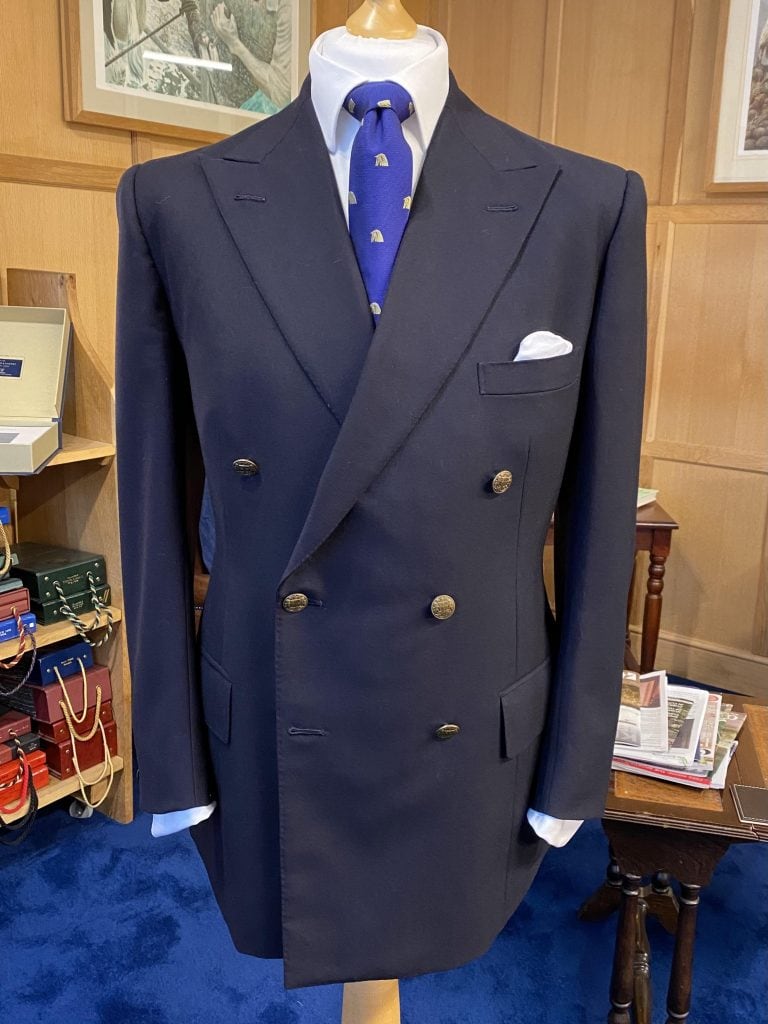
I’d also like you to note that I’ll never explain all of this in a single post. Firstly it’s impossible, and secondly there’s no point. As 99% of readers will only use this it as a tool to choose your tailor or purely for a little sartorial enlightenment. It’s not an educational aid, as the only answer to that is 10,000 hours of training. So with that note out of the way, let’s have a look into one of the mysteries of Savile Row tailoring.
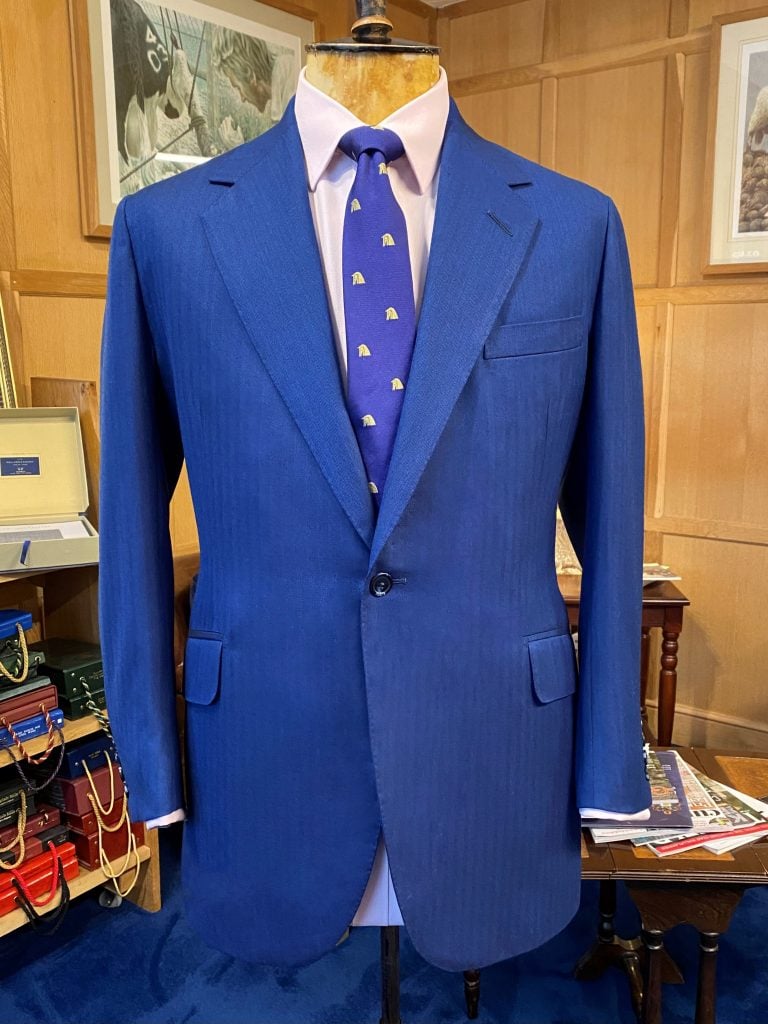
To help explain some of the key details, I’m fortunate to have the help of a good friend and client of 30 years to help me. Stuart Palmer walked into Anderson’s about 30 years ago and was introduced to a young cutter. That of course was me, and after he had a couple of Anderson’s suits the relationship was formed and he decided to follow me as I branched out on my own. I keep going on about this, but it’s a simple fact that this business is built on the trust found in a relationship. I see my clients as friends, some of which came to my wedding, join our family on holiday and put simply, we just do our best and they support us through good times and bad. Obviously, in these peculiar times loyal support is much appreciated and valued by all craftsmen. To keep this simple, I’m going to try and give you some insight using two videos.
The first is when my client innocently arrived to have some of his wardrobe altered. As luck would have it he had a few very different examples with him and it prompted me to write this post. Stuart has examples that I cut at Andersons and when I branched out on my own. There’s also a very recent coat from 2017. In comparison he has a lovely coat tailored by Denman & Goddard. The D&G coat is interesting as it’s a different style to my own but it’s still a lovely coat in every respect. The D&G is a sharper cut with its own character. Hopefully these examples and my short videos may at least demonstrate that in the art of tailoring, no two coats are ever the same, thank goodness.
I’m not a movie maker so please forgive me for the movie quality. I’ve tried to describe the visual, and physical attributes of a few differently tailored garments. It’s a little quick and I can’t even keep up with it myself so I did a follow up for you. The second video is at the cutting board and at a slower pace, which I hope will be a little clearer to understand. I’ve also added some imagery of the examples that I’ve cut over the years. Hopefully you’ll gain a little insight into how unique and personal, bespoke cutting is. Enjoy and see you soon.
Leave a Reply
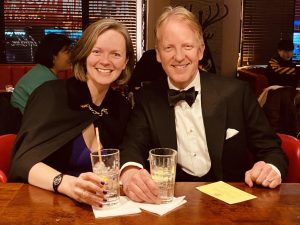
About Tom
Tom has been involved at the highest level in the tailoring industry for over 37 years. He has also been blogging and furthering knowledge of the craft for over 15 years. He is married to Claire and has three children.
